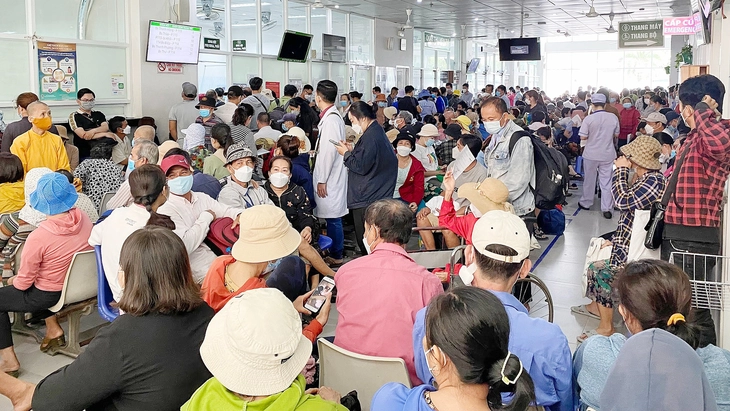
Patients crowding to see a doctor at a tertiary general hospital in Ho Chi Minh City - Photo: XUAN MAI
After the merger of Binh Duong and Ba Ria - Vung Tau , the Ho Chi Minh City Department of Health said that the city's specialized and general hospitals increased the number of medical examinations from over 42 million/year to over 51 million/year, and inpatient treatment from over 2.2 million/year to over 3.8 million/year.
Overloaded beyond control?
With this figure, the city's health system provides more than 30% of outpatient visits and more than 23% of inpatient treatments nationwide. Dr. Tran Van Song, Director of People's Hospital 115 (HCMC), said that every day the hospital receives about 4,000 outpatient visits and treats about 1,600 inpatients, nearly 50% of patients coming from other provinces.
According to Dr. Song, in recent times, the healthcare systems of Binh Duong and Ba Ria - Vung Tau have also been invested in. When merged, people will have more opportunities to access healthcare services from the grassroots to the specialized level.
Dr. Song added that over the years, the hospital has transferred technology to provide professional support to many hospitals. After the merger, the technology transfer will continue, thereby forming more specialized medical centers, making it more convenient for people not to have to travel far.
As a leading hospital in obstetrics and gynecology, Tu Du Hospital (HCMC) said it receives an average of 3,000 - 3,200 outpatient visits per day and 1,400 - 1,500 inpatient treatments, which is expected to increase after the merger.
Dr. Tran Ngoc Hai - Director of Tu Du Hospital - said that he is actively organizing and arranging to be able to receive the needs of pregnant women, mothers, women and children after Ba Ria - Vung Tau and Binh Duong merged into Ho Chi Minh City. For many years, the hospital has directed and provided professional training for 32 southern provinces and cities, not just Binh Duong and Ba Ria - Vung Tau.
The hospital is currently planning to increase its medical supply capacity after the merger, including a proposal to establish a second facility of Tu Du Hospital in Can Gio district.
"The hospital will arrange, reorganize, and plan to strengthen medical capacity to receive and provide the best treatment for pregnant women, mothers, women, and children as before the merger. These plans will be more specific after the merger is completed and the actual survey is conducted.
Proactively open more hospitals at level 2 and 3
This is one of the long-term solutions proposed by the director of the Ho Chi Minh City Department of Health, Tang Chi Thuong, to reduce overload at the city's final hospitals after merging with Binh Duong and Ba Ria - Vung Tau.
According to Mr. Thuong, proactively researching and expanding more service facilities according to the model of facilities 2 and 3 of leading general and specialized hospitals in Ba Ria - Vung Tau and Binh Duong, meeting the needs of medical examination and treatment of people and promoting the development of medical tourism in the city.
At the same time, the health sector needs to advise on supplementing the health system development plan, developing the 4th and 5th specialized health clusters (currently in Binh Duong and Ba Ria - Vung Tau), in addition to evaluating and adjusting the indicators of the number of beds/10,000 people and the number of doctors and nurses/10,000 people to suit the new situation of the city.
These solutions aim to ensure the best healthcare services for nearly 14 million people in Ho Chi Minh City when merged.
Uninterrupted provision of basic health services
According to the Ministry of Health's guidelines for arranging and reorganizing medical facilities at administrative units at all levels and implementing the two-level local government organization model, the principle of this arrangement is to ensure the maintenance and uninterrupted provision of basic and essential services in areas under the state management of the local health sector.
Based on the review and assessment of the functions, tasks and performance of existing public service units, the director of the health department shall develop a project to arrange, reorganize, merge and dissolve ineffective units, units that no longer have functions or tasks or overlap with the functions and tasks of other service units.
Invest in and improve frontline medical capacity to reduce the burden on the last line
Mr. Nguyen Tan Ban, Director of the Department of Health of Ba Ria - Vung Tau province, said that when merging with Ho Chi Minh City, the province's health sector will have many advantages but also many difficulties.
According to Mr. Ban, the current medical facilities in Ba Ria - Vung Tau province have been invested relatively well with two general hospitals and four specialized hospitals. District medical centers have also been invested synchronously, with adequate equipment to serve medical examination and treatment according to the hierarchy.
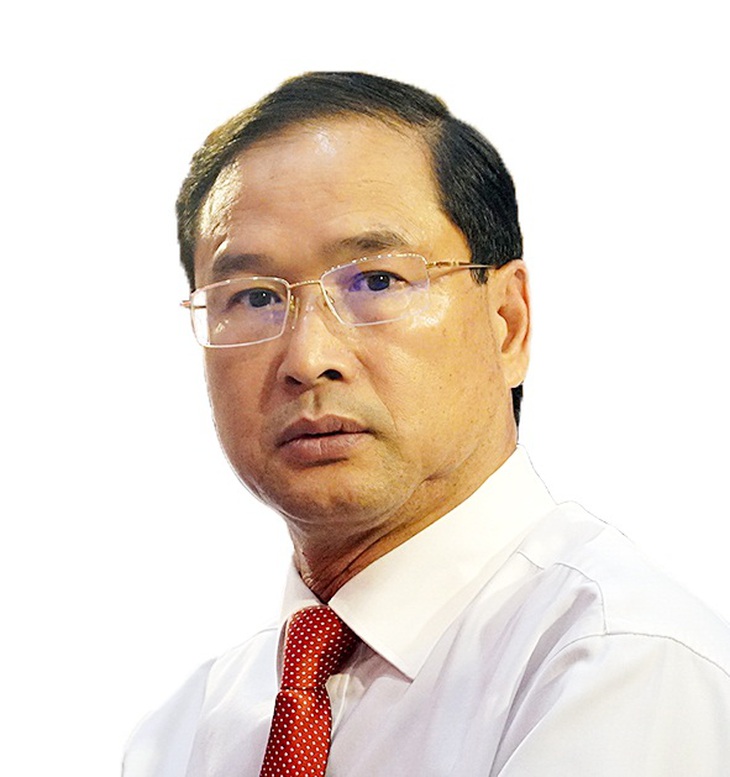
There is still a lot of land for medical development, including public land for medical use and land for medical planning, which can develop medical facilities after the merger into satellite hospitals, the second facility of the above-mentioned general hospital. Ba Ria - Vung Tau province currently has a good climate, conditions for planning to develop medical tourism combined with resort...
However, the current professional level of a part of the medical and nursing staff is not commensurate with the development of world health; the quality of treatment needs more attention. Some district medical centers are not effective, the bed utilization rate is low. Ba Ria - Vung Tau province also does not have many high-quality medical services with deep expertise such as cancer, cardiovascular, orthopedic trauma, neurology...
Mr. Ban proposed that after the merger, the health sector should harmonize human resources, especially qualified doctors and nurses, to work in rotation at hospitals in the Ba Ria - Vung Tau area (currently), increase modern equipment, especially specialized equipment for medical examination and treatment, increase technology transfer, guidance, remote treatment, along with attractive policies for doctors and nurses...
At the same time, calculate investment in developing satellite hospitals, second facilities of reputable hospitals (oncology, orthopedics, cardiovascular...), reduce the load on hospitals in Ho Chi Minh City, and at the same time help people residing in Ba Ria - Vung Tau province not have to travel to Ho Chi Minh City for medical examination and treatment as at present.
Source: https://tuoitre.vn/tp-hcm-len-kich-ban-chong-qua-tai-benh-vien-sau-sap-nhap-20250528232631264.htm








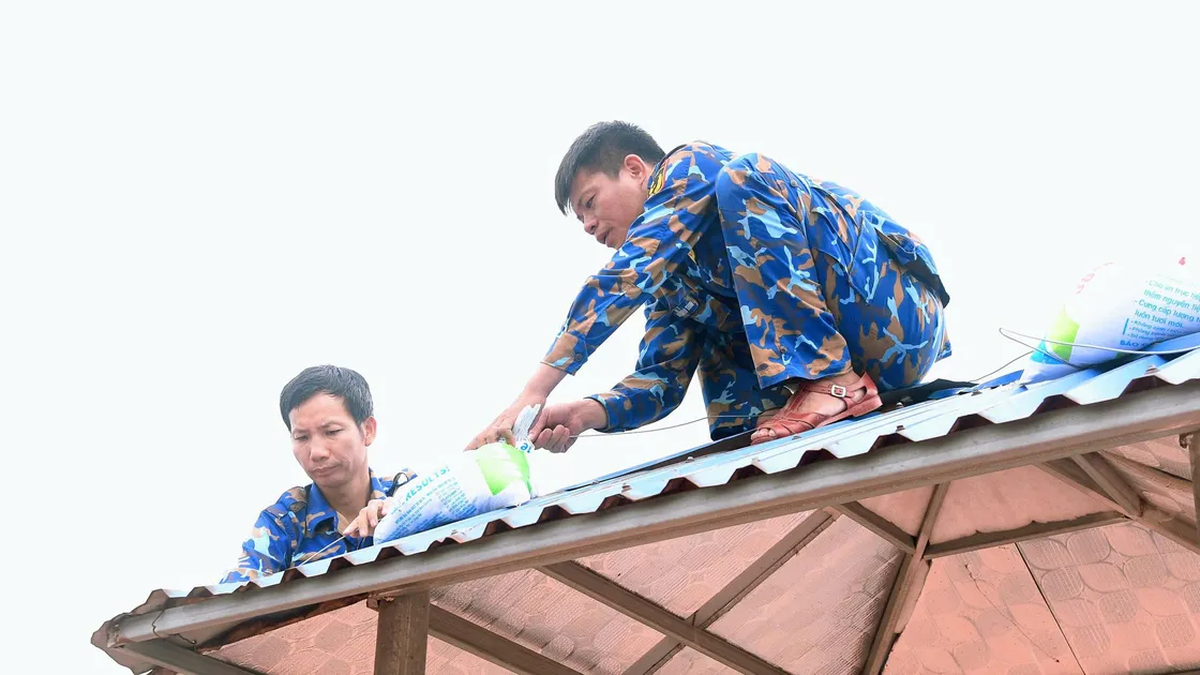

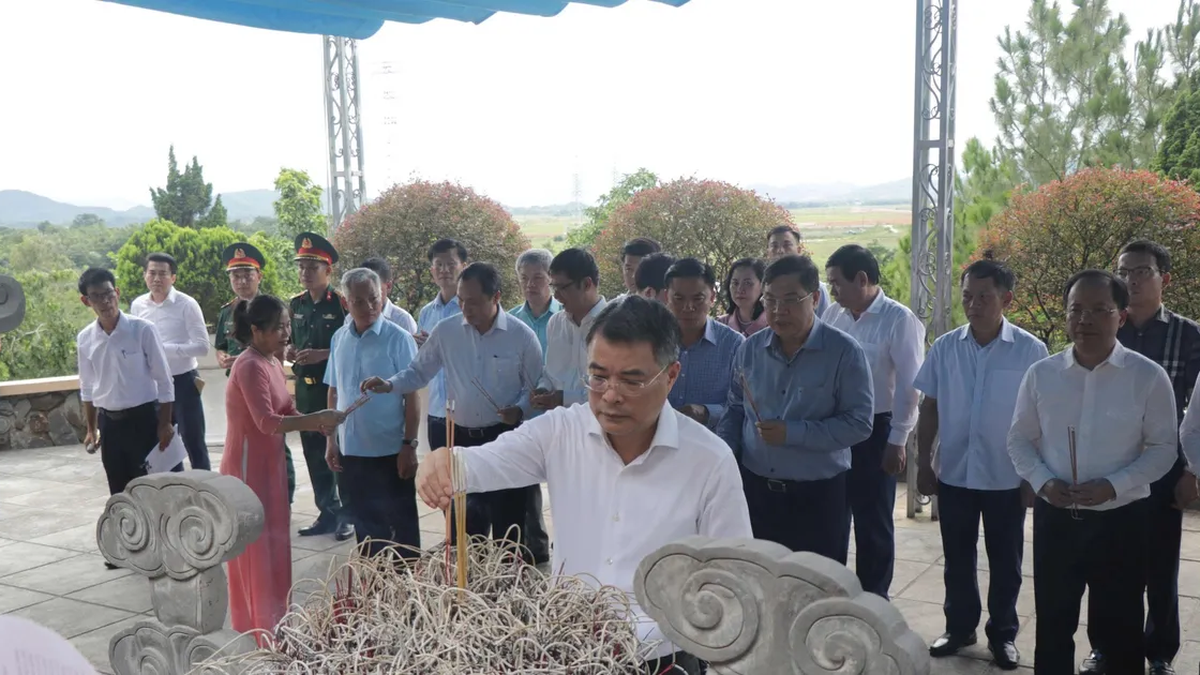















![[Photo] National Assembly Chairman Tran Thanh Man visits Vietnamese Heroic Mother Ta Thi Tran](https://vphoto.vietnam.vn/thumb/1200x675/vietnam/resource/IMAGE/2025/7/20/765c0bd057dd44ad83ab89fe0255b783)









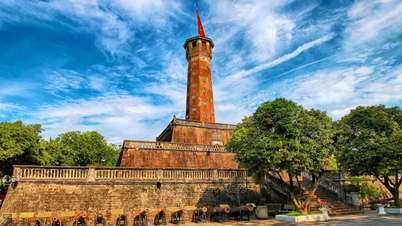

























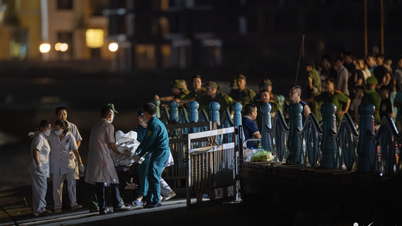

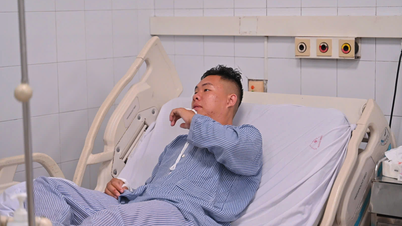
































Comment (0)